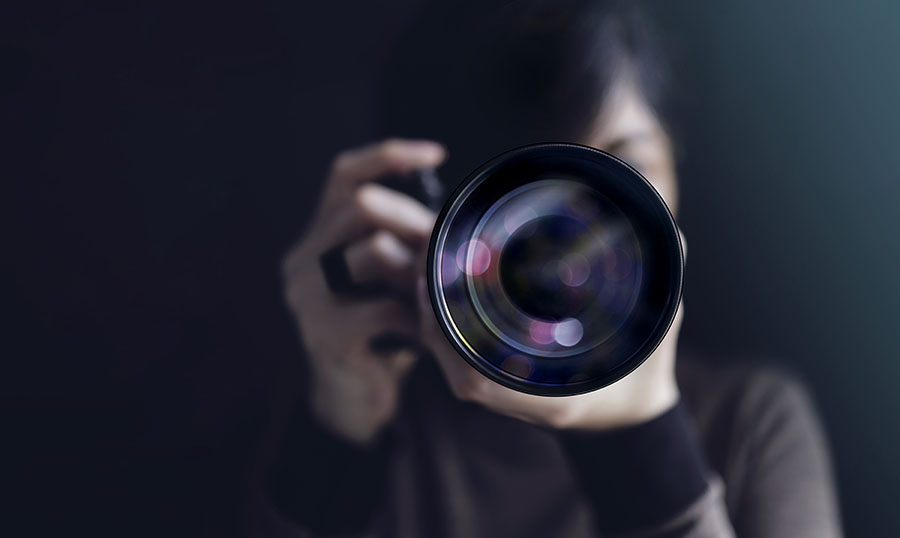Estimated reading time: 12 minutes
If you’re new to photography, one of the first things you’ll need to master is the aperture. It’s an essential aspect of photography that affects the amount of light that enters the camera and the depth of field in your images.
In this beginner’s guide, we’ll explain everything you need to know about aperture, including what it is, how it works, and how to use it to take better photos.
Table of contents
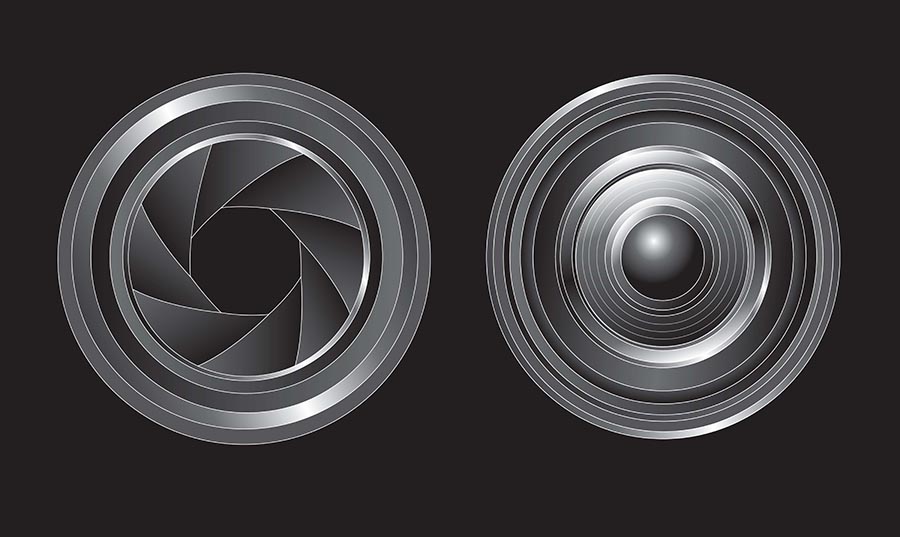
What is Aperture?
The aperture is an essential aspect of photography as it regulates the amount of light that enters the camera and reaches the sensor. It’s a small opening present in the camera lens that determines the quantity of light passing through it. The lens opening’s size is measured in f-stops, representing the aperture’s size. To calculate the f-stop value, the lens’s focal length is divided by the aperture diameter. The higher the f-stop value, the smaller the aperture, resulting in less light entering the camera. This could lead to a dimmer image if settings like shutter speed or ISO aren’t adjusted accordingly.
How Does Aperture Work?
Adjusting the aperture of a camera lens can affect both the depth of field and the amount of light that enters the camera. By changing the size of the opening in the lens, you can control how much light is let in. A larger aperture (smaller f-stop number) will allow more light to enter, while a smaller aperture (larger f-stop number) will limit the light that passes through.
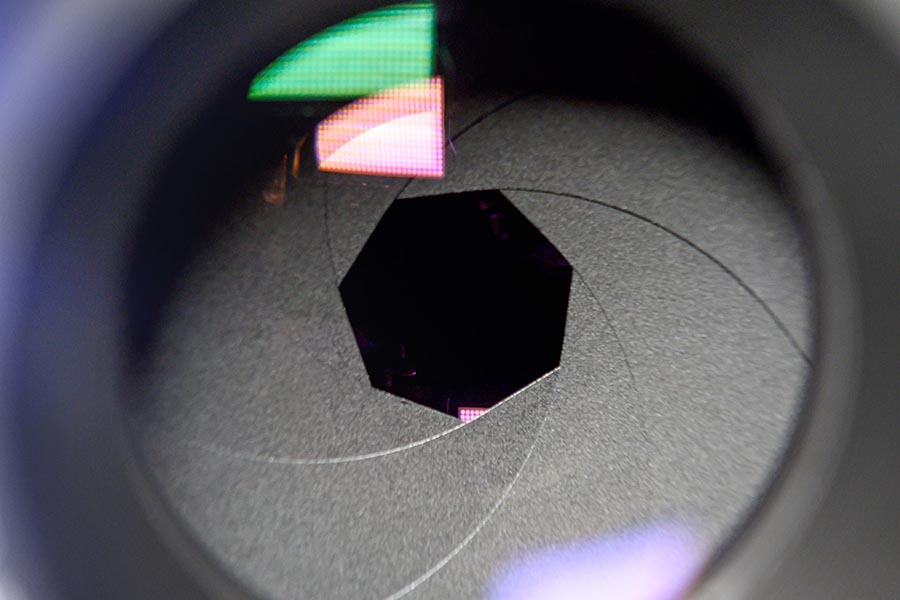
Depth of Field
The term “depth of field” pertains to the extent of an image that appears sharp and in focus. In portrait photography, photographers often use a wide aperture (small f-stop number) to create a shallow depth of field, which blurs the background and isolates the subject. This technique also creates a pleasing bokeh effect in the image.
A narrow aperture (large f-stop number) creates a deep depth of field, where more of your image is in focus. Landscape photography often uses this effect to ensure that everything in the scene is sharp and focused.
How to Use Aperture
Now that you understand what aperture is and how it works, let’s discuss how to use it to take better photos.
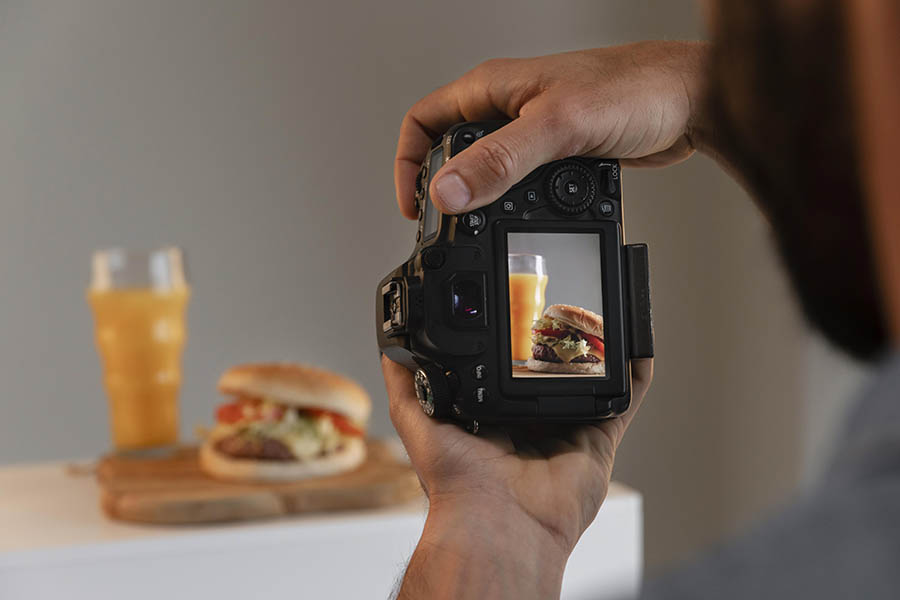
Aperture Priority Mode
Many cameras have an Aperture Priority mode, often denoted as A or Av on the camera’s mode dial. This mode allows you to set the aperture while the camera automatically adjusts the shutter speed for proper exposure.
This mode is useful when you want to control the depth of field in your image, such as when you want to blur the background in a portrait or ensure that everything in a landscape is in focus.
Manual Mode
If you’re feeling more adventurous, try using the Manual mode on your camera. You have complete control over the aperture and shutter speed in this mode.
Manual mode is useful when you want to take full control of your camera and have complete creative control over your images.
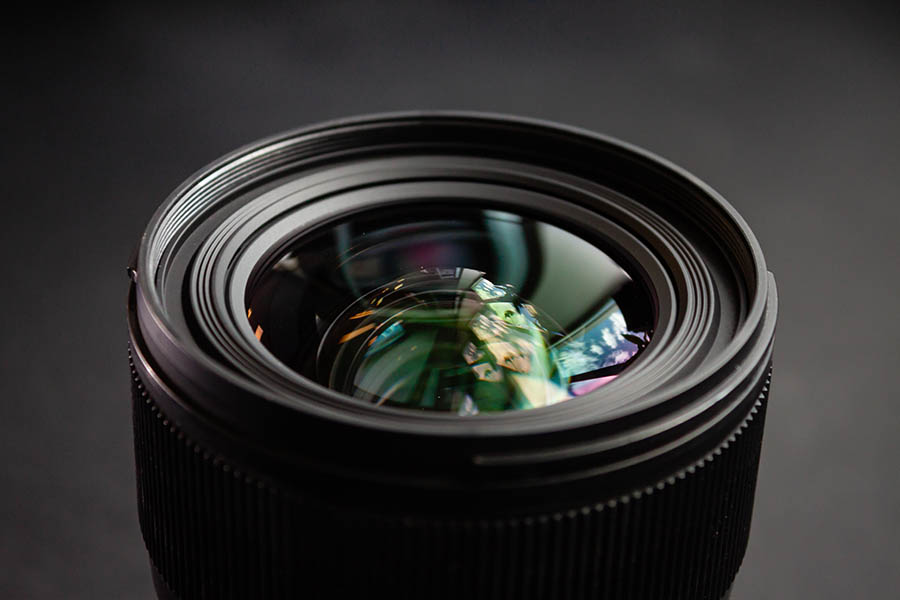
Lens Selection
Different lenses have different maximum apertures, which can affect the depth of field and the amount of light that enters the camera. A prime lens, for example, has a fixed focal length and a wide maximum aperture, making it ideal for low-light situations and creating a shallow depth of field.
On the other hand, a zoom lens has a variable maximum aperture and can be helpful for various situations, such as landscape and portrait photography.
Choosing the Right Aperture for Different Photography Situations
Choosing the right aperture for your photos can be tricky, as it depends on various factors, such as the subject, lighting, and desired effect. Here are some examples of which aperture to use in different situations:

Portraits:
When taking portraits, photographers usually prefer to use a wide aperture to create a shallow depth of field and blur the background. This technique helps to draw attention to the subject’s face and creates a pleasing bokeh effect. It is generally recommended to use an aperture of f/2.8 to f/4.
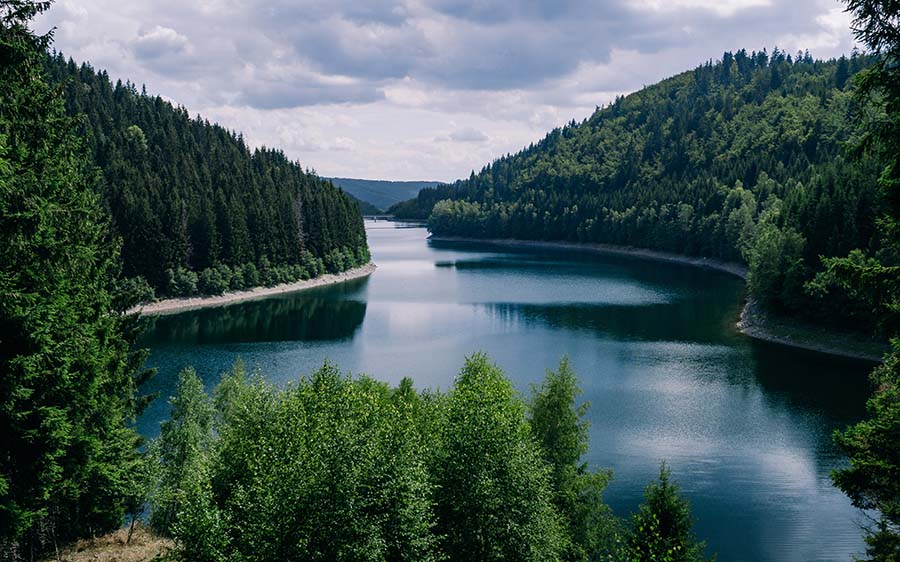
Landscapes:
Photographers often use a narrow aperture to create a deep depth of field and ensure the entire scene is in focus. Experts typically recommend using an aperture of f/8 to f/16.
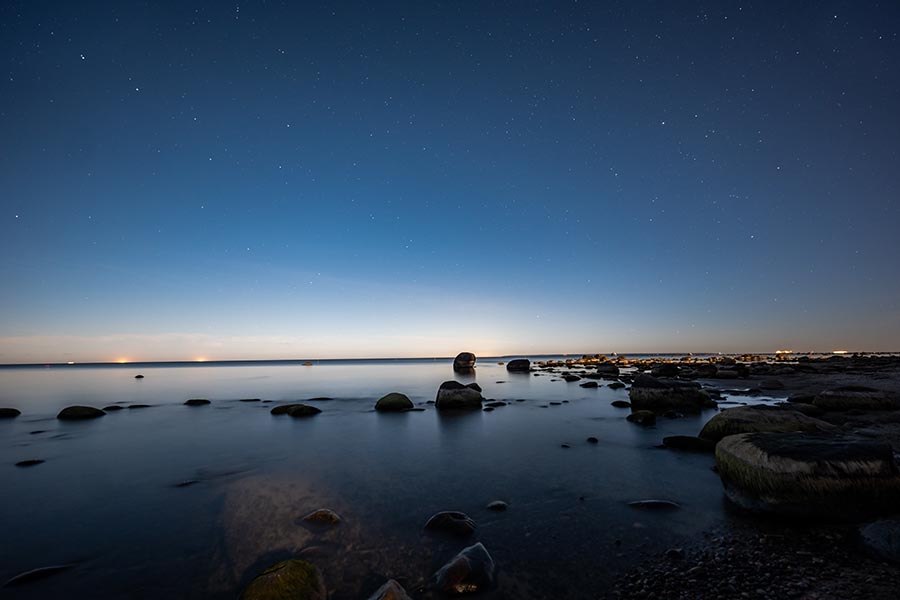
Low Light:
A wider aperture is necessary to allow more light into the camera in low-light situations. This is because a longer shutter speed may result in blurred photos due to camera shake. A lens with a fixed focal length and a wide aperture of f/1.8 or f/1.4 is well-suited for photography in low-light environments.
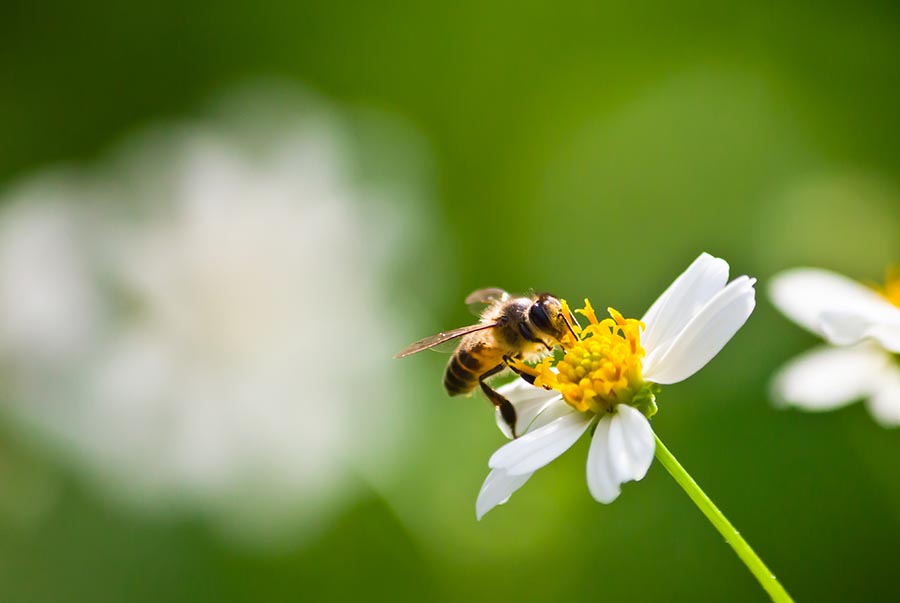
Macro Photography:
In macro photography, photographers typically use a narrow aperture to ensure that they can focus on the entire subject. This is because shooting up close creates a very shallow depth of field. Experts recommend using an aperture of f/16 or higher.
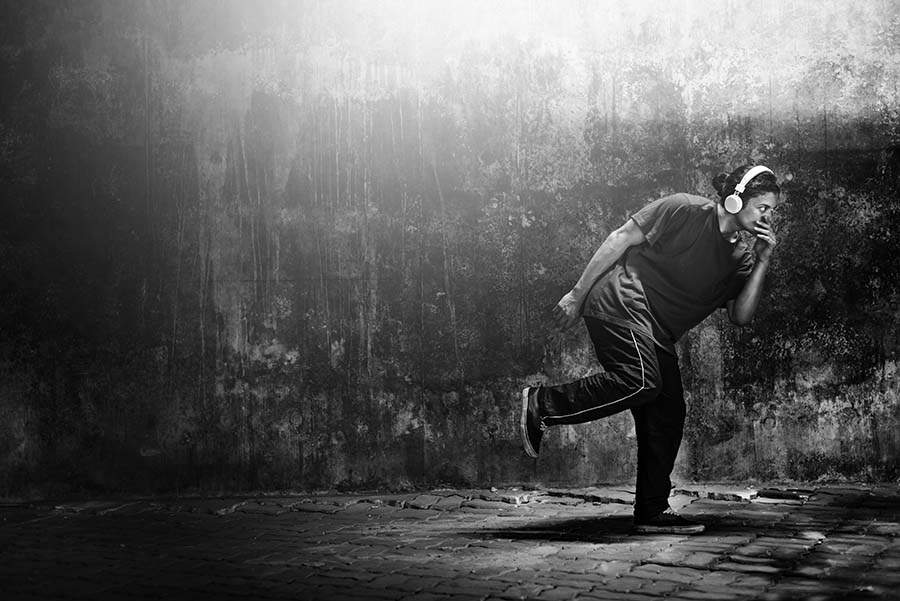
Action Photography:
A fast shutter speed is essential to freeze the subject’s motion. This often requires a wider aperture to let more light into the camera. An aperture of f/4 to f/5.6 is typically recommended.

Night Photography:
Night photographers often use a wide aperture to capture more light and create a shallow depth of field. This technique allows for a brighter exposure and a more dramatic effect. Experts recommend using an aperture of f/1.4 to f/2.8 for night photography.
Remember that these are just guidelines, and the best aperture for your photo will depend on your specific situation and desired effect. Don’t be afraid to experiment with different apertures and settings to find what works best for you.
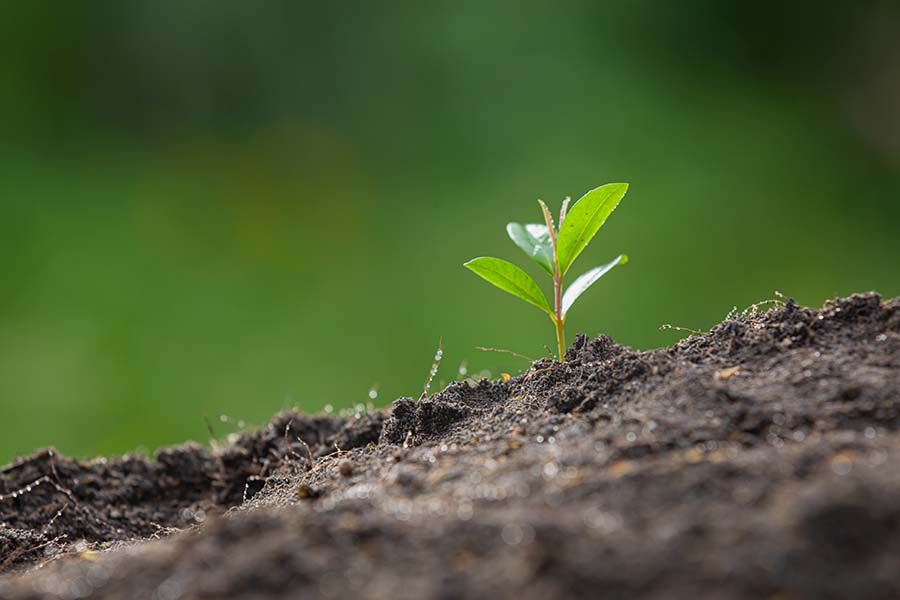
Key Factors in Choosing Aperture for Photos
Picking the right aperture for your photos is an important aspect of photography that can greatly affect the look and feel of your images. Here are some factors to consider when picking the right aperture:
Subject:
When selecting the aperture for your photo, it’s crucial to consider the subject. For instance, when capturing a portrait, opting for a wide aperture (low f-number) to produce a shallow depth of field and create a blurred background is common. However, if you’re taking a landscape photo, a narrow aperture (high f-number) is often used to ensure that the entire scene is focused.
Lighting:
The amount of light available in your scene is another important factor to consider when picking the right aperture. In low-light situations, a wider aperture (low f-number) may be necessary to let more light into the camera. A narrower aperture (high f-number) can help prevent overexposure in bright conditions.
Desired effect:
The aperture can also be used creatively to achieve different effects. For example, a wide aperture can create a pleasing bokeh effect, while a narrow aperture can create a starburst effect. Think about what effect you want to achieve and choose the aperture accordingly.
Lens:
The type of lens you’re using also affects the aperture you can choose. When picking the correct aperture, please look at the lens you’re using and its maximum. Zoom lenses vary the maximum aperture as the focal length changes when zooming in or out, creating a variable maximum aperture. Prime lenses typically have a fixed maximum aperture, which can be wider than a zoom lens.
Shooting mode:
Finally, consider the shooting mode you’re using. Consider your shooting mode and how it affects your ability to choose the aperture. In manual mode, you can control it and choose any value you want. You can adjust it in aperture priority mode, and the camera will automatically adjust the shutter speed to obtain the correct exposure.
By taking into account these factors and trying out various apertures, you can select the optimal aperture for your photos and achieve the intended outcome. Remember that there is no one-size-fits-all; the right aperture will depend on your specific situation and preferences.
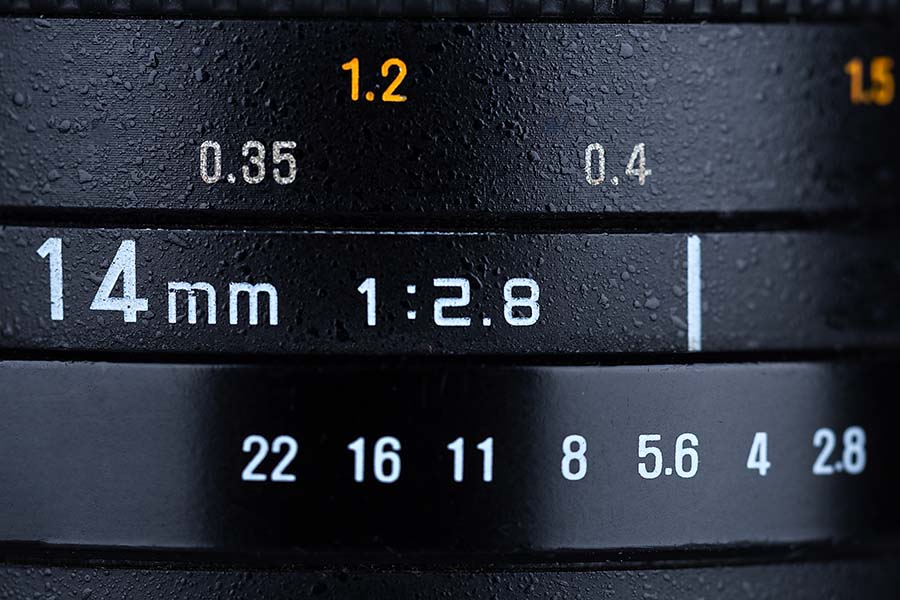
F-Stop and F-Number: Key Terms in Photography
Photographers often use the terms f-stop and f-number interchangeably to describe the size of the aperture. The aperture size is represented numerically by the f-number and expressed as a fraction. For instance, f/2.8 or f/11.
The f-stop is a value used to represent the relative aperture size. The f-stop is a ratio that relates the lens’s focal length to the diameter of the aperture. To illustrate, if the diameter of the aperture is 25mm and the focal length of the lens is 50mm, the f-stop value would be f/2.
The smaller the f-number, the wider the aperture and the more light enters the camera. This results in a shallower depth of field and a blurrier background, which can be desirable for portraits or other types of photography where you want to isolate the subject.

Conversely, the larger the f-number, the narrower the aperture and the less light enters the camera. This results in a deeper depth of field and a sharper background, which can be useful for landscape photography or other situations where you want everything in the scene to focus.
It’s important to note that different lenses have different maximum and minimum apertures, so the range of f-stops available to you will depend on the lens you’re using. Some lenses, such as prime lenses, have a fixed maximum aperture, while others, such as zoom lenses, have a variable maximum aperture that changes as you zoom in or out.
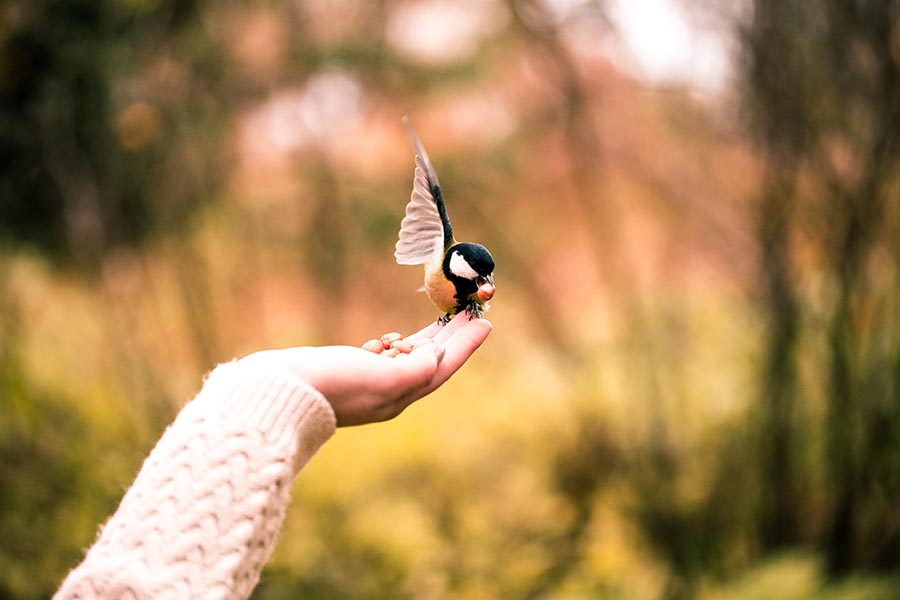
Aperture’ Impact on Exposure and Lens Aberrations
Aperture is a critical factor in determining the look and feel of your photos. It controls the amount of light that enters the camera and affects several other aspects of the image, including depth of field, sharpness, and bokeh.
Depth of Field:
Depth of field refers to the area of the photo that is in focus, and the aperture controls it. A wider aperture (lower f-number) results in a shallow depth of field, where only a small area of the image is in focus while the rest is blurred. This can be useful for portraits, where you want to isolate the subject and create a pleasing background blur.
Conversely, a narrower aperture (higher f-number) results in a deeper depth of field, where more of the image is in focus. This can be useful for landscapes or other types of photography where you want everything in the scene to be in focus.
Sharpness:
Aperture also affects the sharpness of your photos. Every lens has an optimal aperture where it produces the sharpest images. Typically, this is around f/8 to f/11, but it can vary depending on the lens. Using a wider aperture (lower f-number) can result in softer, less sharp images, particularly towards the edges of the frame.
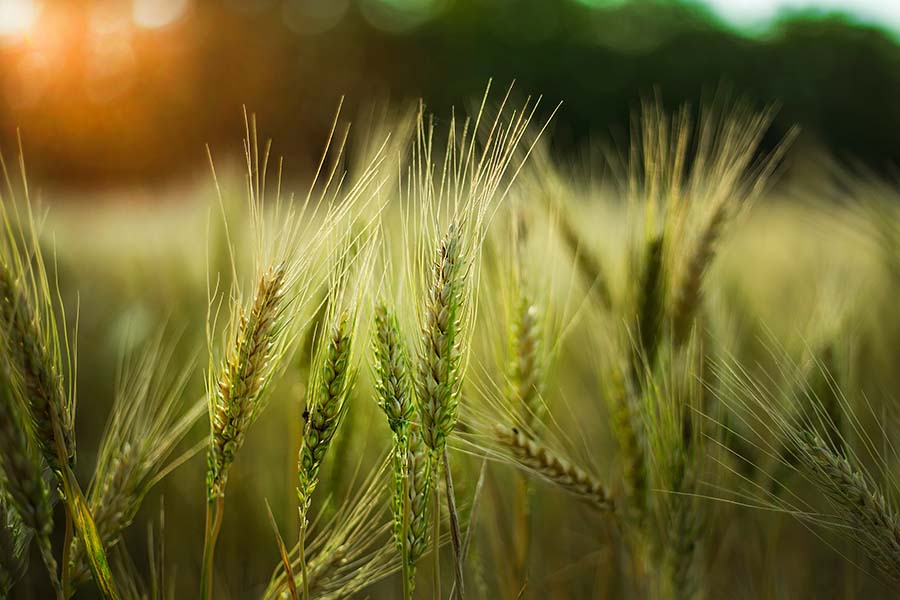
Bokeh:
Bokeh refers to the aesthetic quality of the out-of-focus areas in an image, particularly the background. A wider aperture (lower f-number) produces a softer, creamier bokeh, while a narrower aperture (higher f-number) produces a more defined, structured bokeh.
Exposure:
As mentioned earlier, the aperture also affects exposure, as it controls the amount of light that enters the camera. A wider aperture (lower f-number) lets in more light, resulting in a brighter image. A narrower aperture (higher f-number) lets in less light, resulting in a darker image.
Lens Aberrations:
Finally, it can also affect lens aberrations, such as chromatic aberration and vignetting. Chromatic aberration is a distortion that can occur when shooting at wider apertures, particularly with cheaper lenses. Vignetting refers to darkening the image’s corners, which can also occur when shooting at wider apertures.
Conclusion
In summary, the aperture plays a crucial role in photography and affects several aspects of the image, including depth of field, sharpness, bokeh, exposure, and lens aberrations. By understanding how it works and experimenting with different settings, you can achieve the desired effect and take your photography to the next level.


